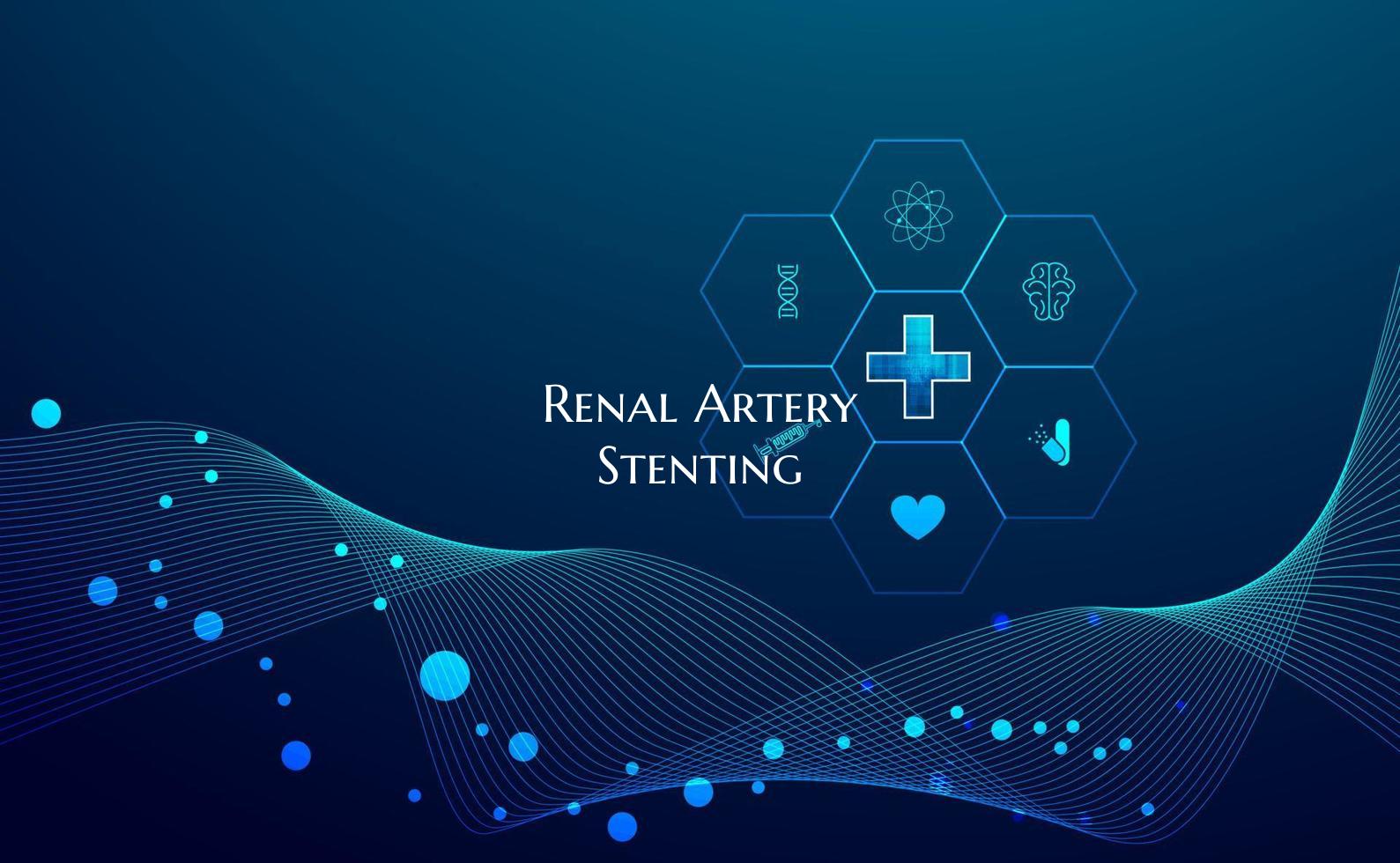
Renal Artery Stenting
Introduction: Renal artery stenting is a minimally invasive procedure that can significantly improve blood flow to the kidneys, leading to better kidney function in patients with renal artery stenosis. This condition occurs when the arteries that supply blood to the kidneys become narrowed or blocked, often due to a buildup of plaque. When left untreated, renal artery stenosis can lead to high blood pressure, kidney damage, and even kidney failure. Renal artery stenting offers a promising solution by restoring proper blood flow to the kidneys and potentially preventing further complications.
How Does Renal Artery Stenting Work? During a renal artery stenting procedure, a vascular specialist inserts a thin, flexible tube called a catheter into the affected renal artery. Using advanced imaging techniques, the doctor guides the catheter to the location of the blockage. Once the catheter is in place, a small, expandable metal mesh tube called a stent is deployed to hold the artery open. The stent acts as a scaffold, allowing blood to flow freely to the kidneys and reducing the risk of further blockages.
Benefits of Renal Artery Stenting: 1. Improved Blood Flow: By opening up the blocked artery, renal artery stenting restores normal blood flow to the kidneys. This improved circulation can help lower blood pressure and prevent damage to the kidneys. 2. Preserving Kidney Function: Adequate blood supply is crucial for maintaining optimal kidney function. Renal artery stenting can prevent the progression of kidney disease and reduce the risk of kidney failure. 3. Symptom Relief: Patients with renal artery stenosis may experience symptoms such as high blood pressure, fatigue, and fluid retention. Renal artery stenting can alleviate these symptoms and improve overall quality of life. 4. Minimally Invasive: Renal artery stenting is a minimally invasive procedure that typically requires only a small incision, leading to faster recovery times and less postoperative discomfort.
Who Can Benefit from Renal Artery Stenting? Individuals diagnosed with renal artery stenosis may be candidates for renal artery stenting if they are experiencing symptoms or are at risk of complications. Patients with uncontrolled hypertension, declining kidney function, or recurrent episodes of fluid retention may particularly benefit from this procedure. It is essential to consult with a vascular specialist to determine the most suitable treatment options based on individual circumstances.
In conclusion, renal artery stenting is a valuable intervention for patients with renal artery stenosis, offering significant benefits in terms of improved blood flow, kidney function, and symptom relief. By restoring proper circulation to the kidneys, this minimally invasive procedure has the potential to enhance the overall health and well-being of individuals affected by this condition. Consulting with a healthcare provider is crucial for evaluating the appropriateness of renal artery stenting and developing a personalized treatment plan for optimal outcomes.